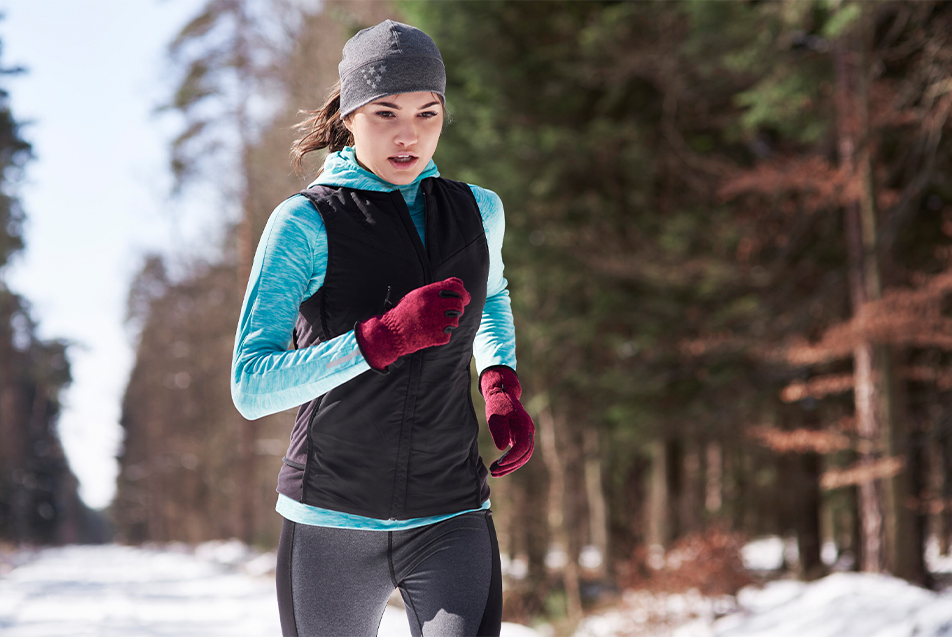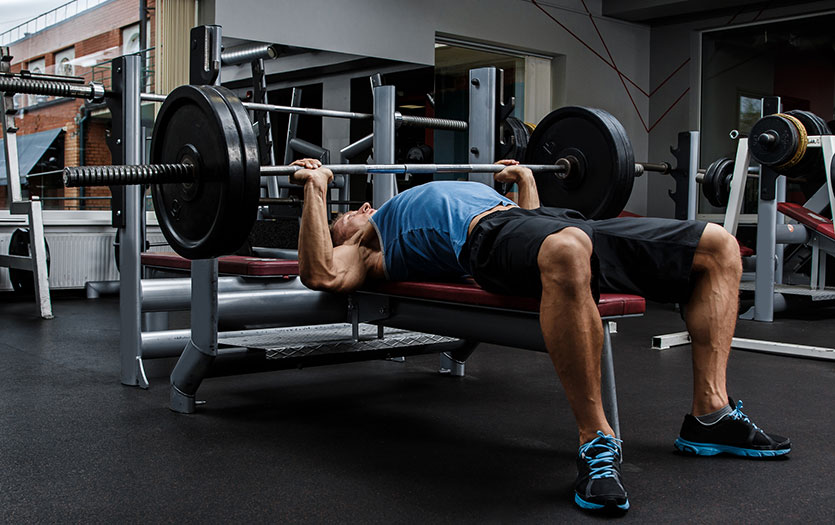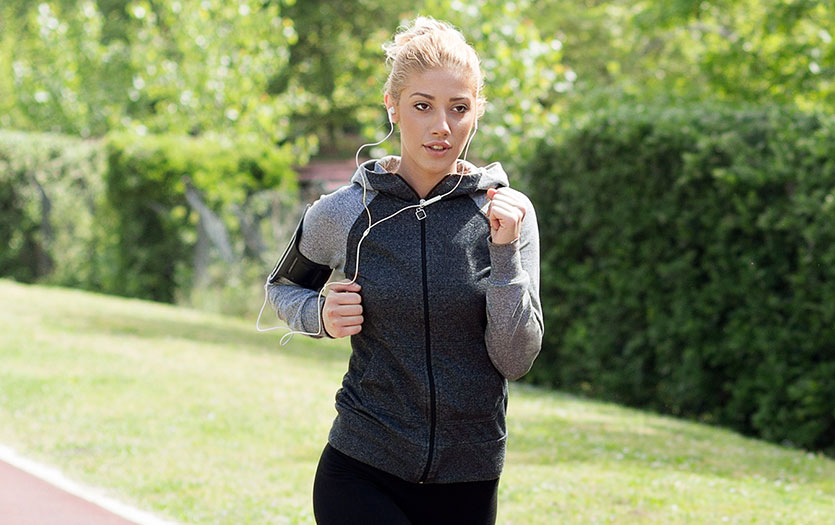
This post was written by Rylie White, ATC, certified athletic trainer, Parkview Sports Medicine.
Living in the Midwest during the winter months can offer many opportunities for cold weather actives, such as ice hockey, skiing, sledding, ice skating, and more. Some research has even shown that exercise in colder weather can burn more calories than workouts in warm weather. Cold weather exercise can be a safe alternative to crowded indoor gyms with just a few important precautions.
Proper fueling
The physiological and metabolic processes in the body can change when moving in colder temperatures. This means that the body must work harder to perform the same movements while also generating heat to keep the body at a safe temperature. The energy needs for exercise therefore increase.
To keep up with the requirement of energy, you need to fuel the body in an effective way. Eating a meal rich in carbohydrates and protein 2-4 hours prior to activity should give the body optimal fuel. I also recommend a carbohydrate-rich snack after every hour of exercise. This could be a trail mix with dried fruit, an energy bar, fruit or a peanut butter sandwich. You should also have a carbohydrate- and protein-rich snack within 30-60 minutes of completing the workout. I like chocolate milk, a fruit and yogurt smoothie, or fruit with a nut butter.
Your water needs also increase during cold weather workouts. In colder temperatures the body may become dehydrated at a similar rate to that in warm temperatures, the body just might not feel thirsty. It’s important to drink no matter what signals the body is sending. The recommendation is 16 ounces of water for every hour spent exercising in any weather.
Dress the part
The most obvious risk of cold-weather exercise is hypothermia, which is when the body’s temperature falls below 95°F. So be sure to wear layers that include moisture-wicking fabric and cover any and all exposed skin. It’s important to remember that layers may not protect you from temperatures that are below 0° F or wind speeds above 25 mph. Check the weather and plan accordingly.
Before training in cold temperatures, or starting a new workout routine, it’s a good idea to consult your physician to address any concerns or risks to your personal health.



